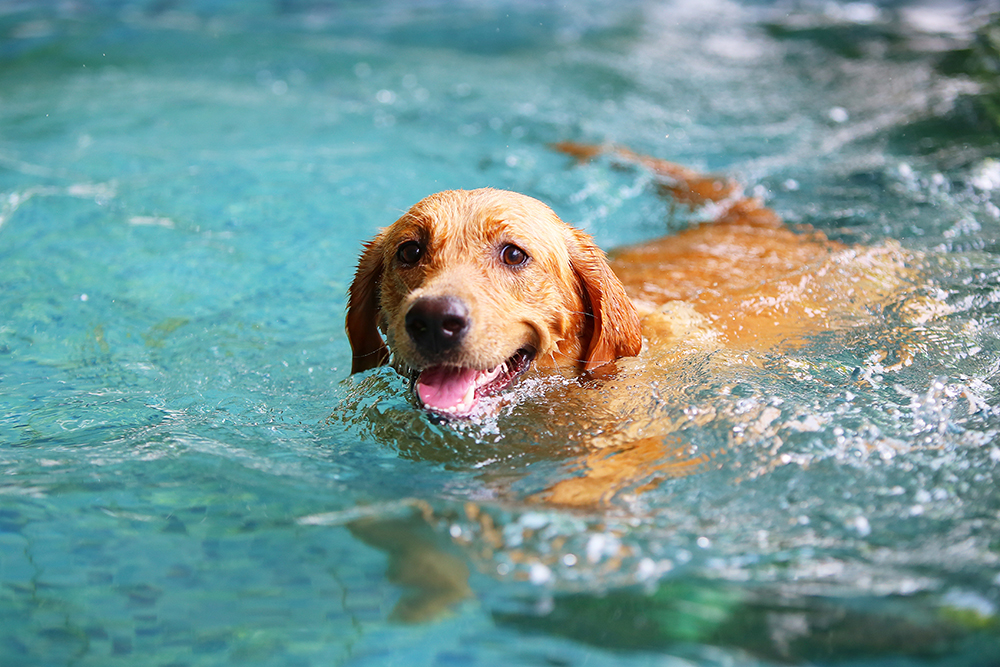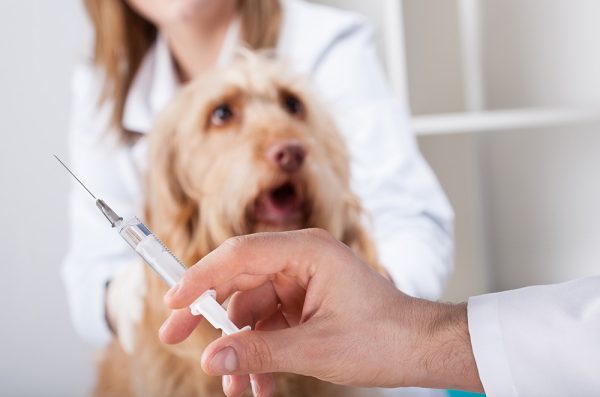According to Nationwide Pet Insurance, ear infections are the number two reason why people take their dogs to the vet, second only to skin conditions. Certain canine breeds are more susceptible to ear infections than others. One UK study identified the top five breeds as Basset Hounds, Chinese Shar Peis, Labradoodles, Beagles, and Golden Retrievers.
Veterinarians classify ear infections into three types, depending on where they occur within the structure: otitis externa (external ear infection), otitis media (middle ear infection), and otitis interna (inner ear infection).
Otitis externa is the most common type of ear infection, but breed, ear anatomy, and the frequency of swimming influence the likelihood and severity. Luckily, you can prevent some cases by following some of our tips below.

The 10 Tips for Preventing Ear Infections in Dogs After Swimming
1. Use a Towel to Dry the Ears
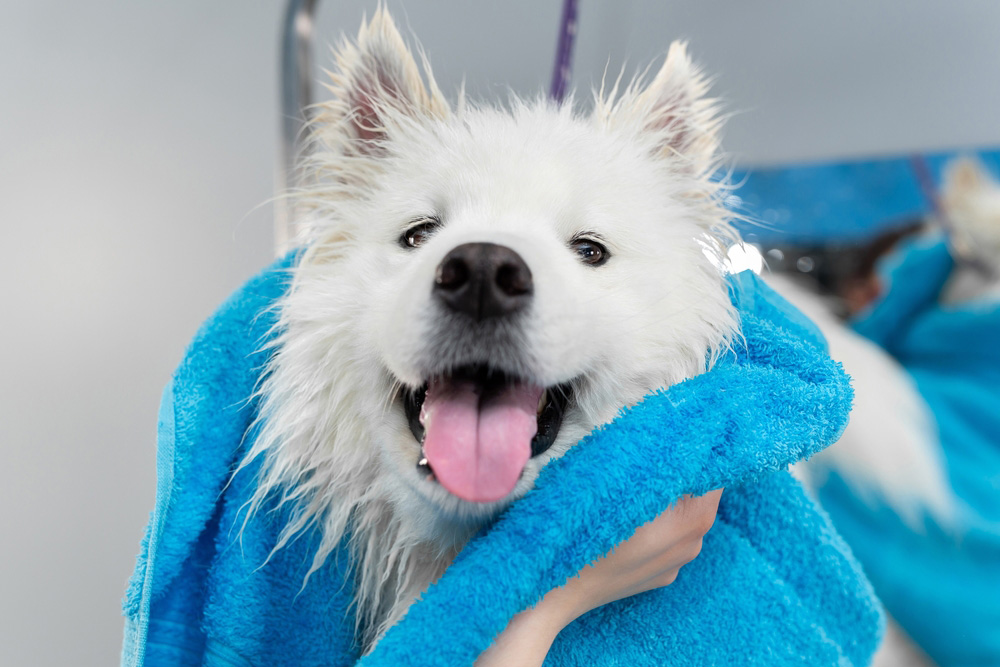
While many things can cause ear infections, one of the most common reasons is moisture within the ear. It creates an ideal environment for yeast or bacteria to develop. The easiest way to prevent infections is to get rid of the dampness with a quick rub down with a towel. If you’re lucky, you’ll catch your dog before they shake and cover you in water!
2. Use a Drying Solution After Swimming
We mentioned that infections can occur anywhere within the ear. Drying your dog’s ears with a towel may take care of the outer portion but won’t do much deeper inside the ear. That’s where a drying solution can come in handy. These products are easy to use, too. Typically, you just put some in each ear and massage the base.
3. Check Your Dog’s Ears Regularly
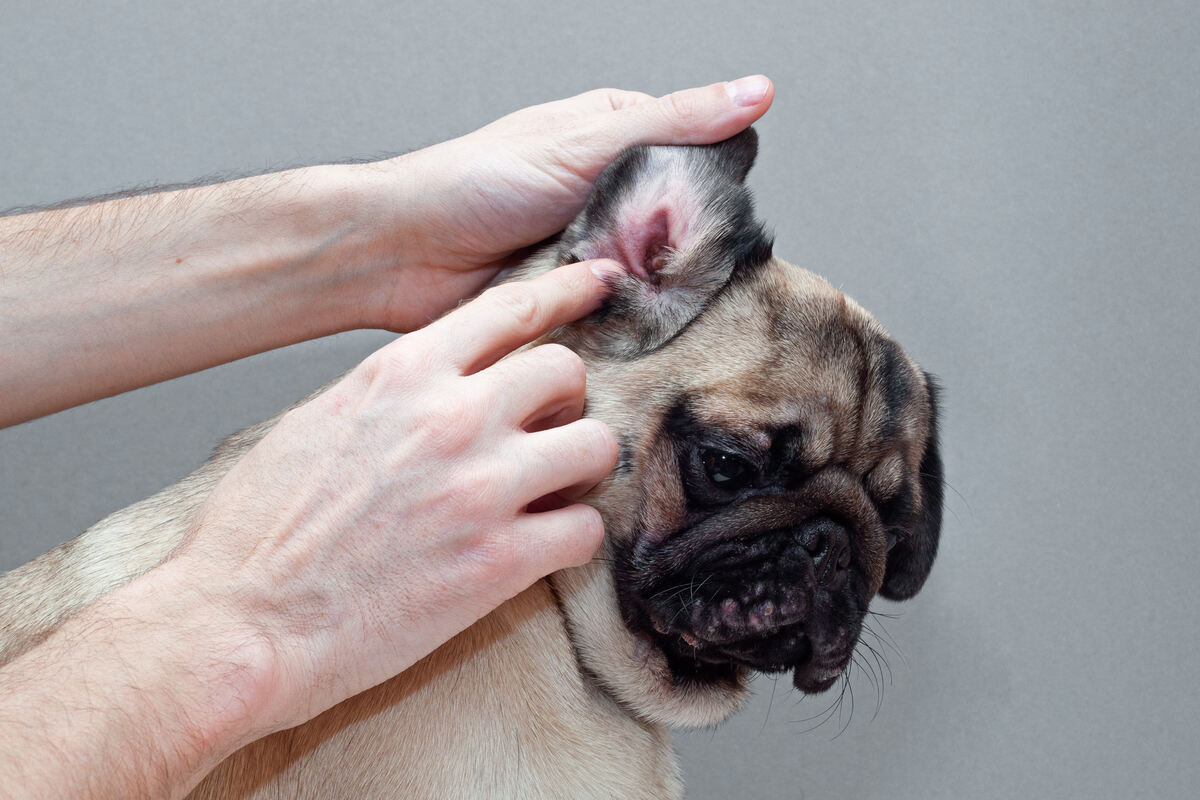
Ear infections don’t usually happen overnight. The bacteria takes time to develop and cause inflammation, so checking your pup’s ears regularly can give you a heads-up that something is amiss. A build-up of wax can make it harder for air to circulate, giving bacteria and yeast more time to grow and wreak havoc for you and your pet. You should also look for redness, swelling, or sores from scratching.
4. Know the Signs of a Problem
Knowing what to look for is essential to stopping an ear infection in its tracks. Luckily, the signs aren’t hard to miss. A foul odor or excessive head shaking are red flags. Your pup may also try to rub their head on the carpet of your home. Inflammation makes your dog’s ears itch, and it’s maddening when they can’t get to it, causing them to try anything to relieve it. You’ll also notice redness inside your pet’s ears.
5. Schedule Regular Ear Cleanings for Your Dog
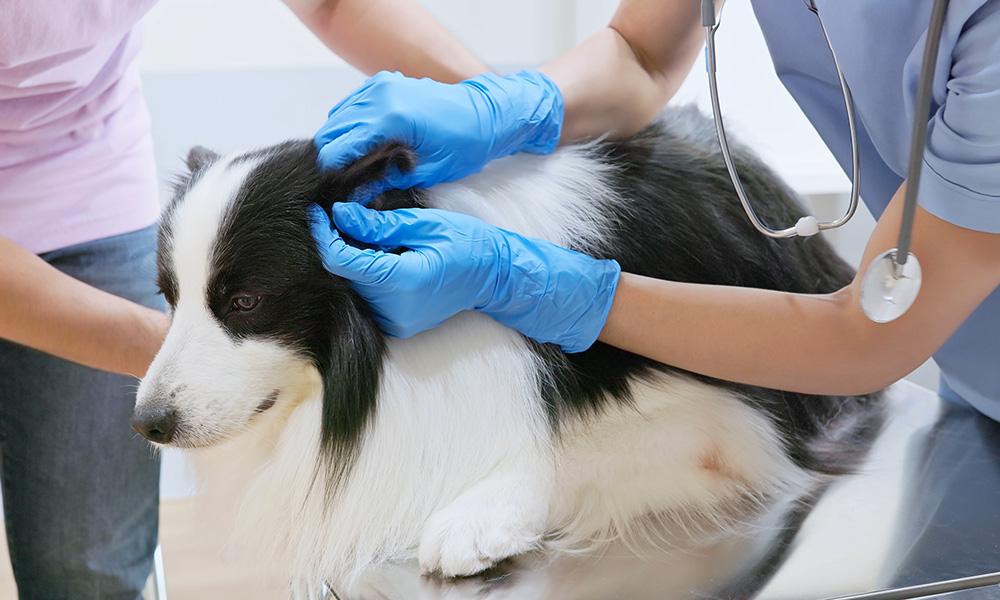
We mentioned the greater propensity of some breeds to ear infections. Regular cleanings at the vet’s office, groomer, or even at home are an excellent way to prevent them, which comes in handy after a swimming session as well. Your vet can spot the early signs of a problem and take prompt action to correct it. This can prevent the risk factors, such as wax build-up, from increasing your pooch’s chances of getting an ear infection in or out of the water.
If you are looking for the perfect product to clean your dog's sensitive areas, Hepper's Wash Wipes are our recommendation, plus it's a great on-the-go option. These premium wipes are thick and durable enough for the toughest of paw messes, while still being soft enough to use on your dog's ears or eyes. Formulated with pet-friendly, hypoallergenic ingredients they are the ideal product for all dogs of all ages, skin conditions, or sensitivities.
- Gentle Care For All Pets - Infused with moisturizing hypoallergenic ingredients & enriched with...
- Deep Cleans From Head to Tail - Tackle the toughest dirt & messes with our extra strong pet wipes...
- Freshness On The Go - Each dog grooming wipes pack contains 30 counts of premium dog wipes that...
At Dogster, we’ve admired Hepper for many years and decided to take a controlling ownership interest so that we could benefit from the outstanding designs of this cool pet company!
6. Use Cotton Balls to Soak Up the Water
Cotton balls might provide a quick and simple solution for preventing moisture that can lead to ear infections. Don’t stuff them too deep into the ear; they’ll soak up any water from the external ear that they come into contact with after a swimming session.
7. Keep the Hair Around Your Pet’s Ears Trimmed
A lack of air circulation and moisture create the perfect environment for ear infections. One way you can help them stay dry is by trimming the hair on your pet’s ears. Their anatomy is a risk factor, with pups with floppy ears or a lot of hair inside and around them increasing their risk. We suggest making it a part of your pet’s routine maintenance to get them used to having their ears touched.
8. Mind the Water
Dogs aren’t picky when it comes to finding somewhere to swim. If there’s water, it’s a go, no matter what it looks like. It’s one thing if your dog jumps into a filtered pool; it’s another matter altogether if it’s a shallow pond teeming with bacteria. The latter may have other things in it, such as Giardia. Therefore, it’s imperative to be careful about what water your pup decides is ideal for a swim.
9. Discuss the Problem With Your Vet
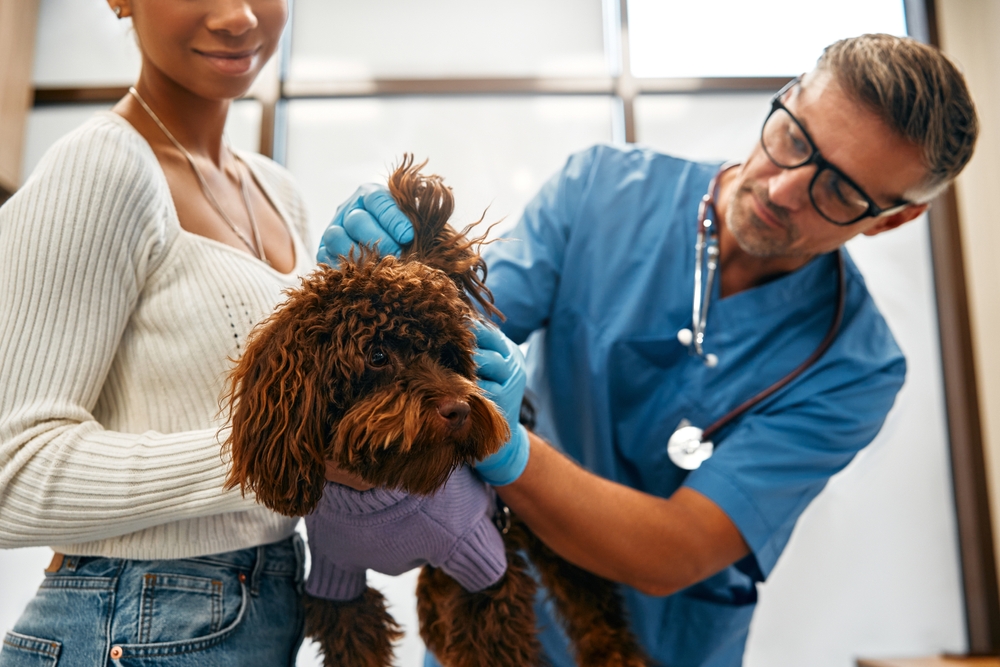
If your dog has recurring infections, you should discuss the matter with your vet. It’s essential to determine if the water is the culprit. Other things can cause itchy ears, such as food allergies and external parasites. Your vet can determine the cause and provide the necessary advice and needed meds to get the situation under control.
When it comes to understanding the symptoms, verifying a diagnosis, and planning for prevention for your pet, the advice of a licensed veterinarian can be helpful.
If you need to speak with a vet but can't get to one, head over to PangoVet. It's our online service where you can talk to a vet online and get the advice you need for your pet — all at an affordable price!

10. Postpone the Trip to the Lake
Sometimes, it’s necessary to keep your pup out of the water. If your pet’s ears are red or inflamed, it’s best to skip the trip to the lake until they heal. Your regular cleanings will help you identify an issue before it becomes a problem. Any open wounds are a pathway for harmful bacteria and yeast to enter. It’s far better to stay on land than risk setting your dog up for an ear infection.

When to See the Vet
Ear infections almost seem inevitable in a dog’s life. When they occur, visit your vet for medication targeted at your pet’s ear infection (usually topical ear drops), chronic cases are worth a vet discussion about the underlying factors for your dog. After all, it may not be swimmers’ ear but something unrelated to the water. Skin conditions often go hand in hand with these cases. If you notice both on your pet, schedule an appointment. Your pooch’s comfort level is another concern, as ear infections are often painful and can affect your pup’s quality of life. So, getting these types of issues taken care of is imperative for your dog’s overall health and well-being.

Conclusion
Getting your dog’s ears dry right after swimming is one of the best ways to prevent ear infections. It makes these structures less hospitable to bacteria and yeast that can cause these conditions. Fortunately, many over-the-counter products exist that can also help remove moisture that can make your pet more susceptible to these conditions. Of course, routine ear cleaning provides an excellent way to stay on top of your dog’s health. However, if this is a common problem, you should definitely speak to your vet about their recommendations to prevent it from happening again.
See Also:
- My Dog’s Ear Infection Won’t Go Away, What’s Wrong? Vet-Verified Facts & FAQ
- Home Management for Your Dog’s Ear Infection: Our Vet Shares Tips & Advice
Featured Image Credit: Wasitt Hemwarapornchai, Shutterstock
